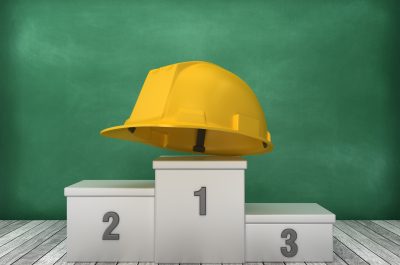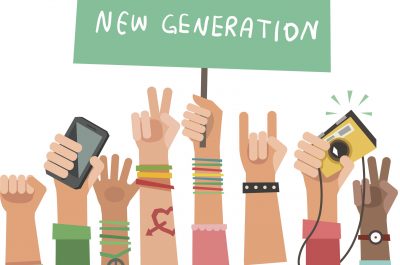All together now: The Hokey Pokey for energy resources
If you’ve ever experienced The Wiggles, you’ll know they do a particularly rousing version of favourite children’s song The Hokey Pokey. You put individual limbs in, then out. You do some turning around, and so it goes on. But finally, it all comes together when you put your whole self in. The dancing builds and the coloured skivvies move in sync; the moment has arrived. If the Wiggles’ version of the Hokey Pokey can teach us anything, it’s that coordinating the ‘whole’ is what it’s all about. The same is true of energy resources at a consumer level – devices that generate or store electricity, usually within a home or small business. This article will explore the benefits of coordinating these resources to the tune of improved customer outcomes and saved costs.
As a part of our series on our recent report The Time is Now: Getting smarter with the Grid, today we explore the mysterious phenomenon that continues to elude the smartest minds in the industry, the artist formerly known as CER (consumer energy resources – also known as DER if you’re old school like me) Orchestration.
Cracking the code on this elusive, but silent behemoth could mean the difference between the smooth-running grid of the future with solar panels on every roof and an EV in every garage, and one that is incredibly expensive, unreliable and doesn’t meet societal expectations.
Coordination? Orchestration? What does it all mean?
There are a lot of different words but the basic idea is ‘making renewables, the grid and the market work together and not against each other” in other words ‘just make it work’.
It is common to hear customer advocates say “that the grid should be customer centric” and frustrated engineers moaning “you can’t change the laws of physics!” and frantic economists asking “who pays?”.
All these things are true, but we’re yet to find the magic mix of everything. It’s not a stretch to say that this is a problem that has been plaguing the electricity policy circles for years.
What are networks doing to help?
I’m neither a customer advocate nor an economist so unsurprisingly this engineer will be retreating to topics he knows best, the engineering.
Previously I’ve written about Dynamic Operating Envelopes, which really will be a big part of the future. Not only do they keep the proverbial lights on, they will also be a big part of ensuring that the grid is built efficiently in a way that supports the growth and maximal supply and demand of renewable energy. But it is essentially only the network side of the ‘coordination’ nirvana, we need customers to come to the table in reliable and predictable ways as well.
Interoperability (another term we’ll do a deep dive into in the future) is also something networks strongly support. In simple terms it just means that different kinds of devices can ‘talk‘ to one another without speaking different languages and a lot of confused hand waving. More interoperability helps ensure that customers benefit from having a wider choice of better products .
Standards harmonisation (staying true to our Wiggles theme) across networks is another sleeper. This is about ensuring that there’s a level of consistency across different networks in Australia, this helps the economists compare apples to apples and customers enjoy more confidence and certainty when dealing with networks.
Like I said before, the grid does need to work for customers and we need to figure out how it’s efficiently funded and the technology that underpins it all is important too. This suggests to me that a certain balance needs to be struck, which in turn means we all need to give and take.
What our report says
If you haven’t already, now’s a great time to have a quick refresh on Dominic Adams’ summary of the Time is Now report. I’m going to assume you’ve read his article and if so, then let’s dive in!
Where Dom left you was a quick overview of the results from our extensive modelling exercise. One whopping great number he didn’t mention was the potential $37 billion (yes, billion with a ‘b’) of potential avoided distribution network costs if we achieve the level of coordination assumed in the Integrated System Plan (ISP)’. Another more pessimistic way to look at it is, if we can’t achieve the near perfect coordination assumed, then significant overbuild of networks is a very real possibility. This isn’t good for anyone, least of all customers and networks.
It’s important to note that while our report was focused more on the short to medium term (up to 2030) and in 2030 the value of coordination is just the thin edge of a very thick wedge that stretches out to 2050.
AEMO itself has stated “$4.1B of additional network investment would be needed without effective coordination of consumer batteries alone”. The numbers only grow when you throw in hockey-stick uptake of solar panels, EVs and other forms of energy resources in the late 2020s.
With numbers like those flying around it certainly helps focus the mind on getting things done now, making the right compromises to avoid the bear traps of tomorrow.
To end, I’ll join the chorus with The Wiggles, AEMO and our own Time is now report: bringing it all together really is what it’s all about.

